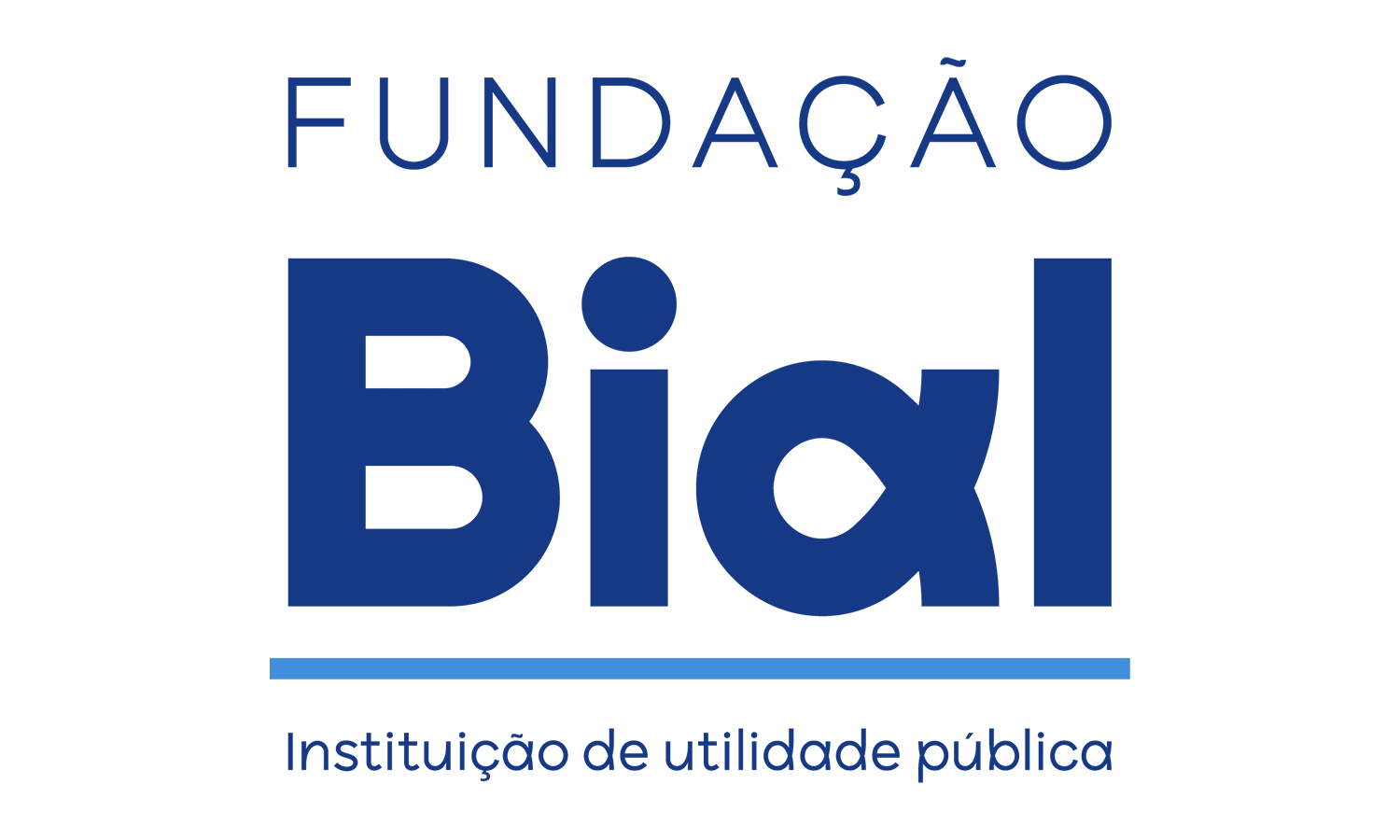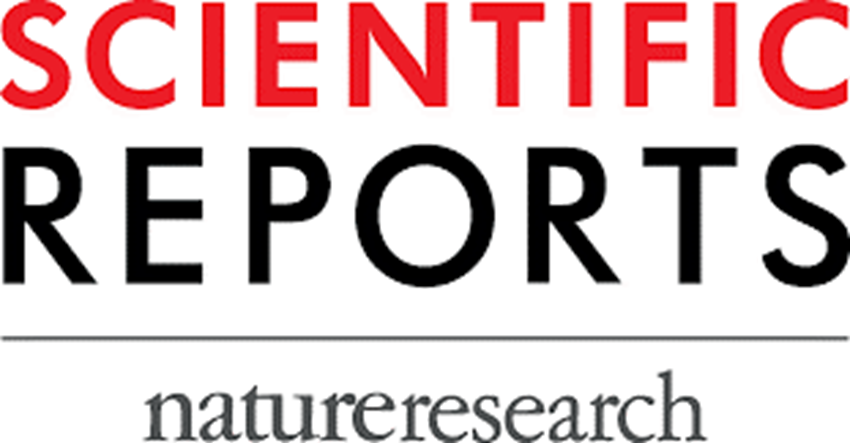A equipa de investigação do projeto Aware Mind-Brain: Bridging insights on the mechanisms and neural substrates of human awareness and meditation, coordenado por Antonino Raffone, publicou na revista Scientific Reports um artigo sobre meditação: Common and distinct lateralised patterns of neural coupling during focused attention, open monitoring and loving kindness meditation
“Meditation has been integrated into different therapeutic interventions. To inform the evidence-based selection of specific meditation types it is crucial to understand the neural processes associated with different meditation practices. Here we explore commonalities and differences in electroencephalographic oscillatory spatial synchronisation patterns across three important meditation types. Highly experienced meditators engaged in focused attention, open monitoring, and loving kindness meditation. Improving on previous research, our approach avoids comparisons between groups that limited previous findings, while ensuring that the meditation states are reliably established. Employing a novel measure of neural coupling – the imaginary part of EEG coherence – the study revealed that all meditation conditions displayed a common connectivity pattern that is characterised by increased connectivity of (a) broadly distributed delta networks, (b) left-hemispheric theta networks with a local integrating posterior focus, and (c) right-hemispheric alpha networks, with a local integrating parieto-occipital focus. Furthermore, each meditation state also expressed specific synchronisation patterns differentially recruiting left- or right-lateralised beta networks. These observations provide evidence that in addition to global patterns, frequency-specific inter-hemispheric asymmetry is one major feature of meditation, and that mental processes specific to each meditation type are also supported by lateralised networks from fast-frequency bands.”

































































































